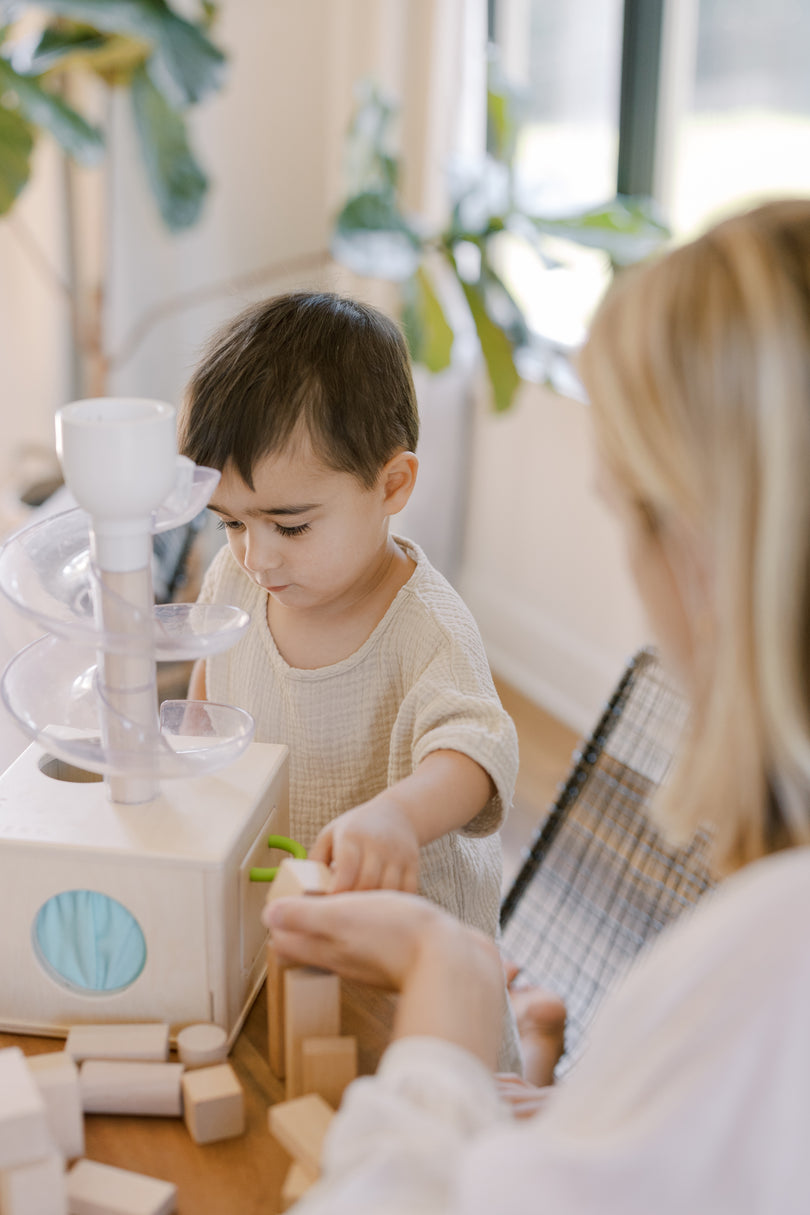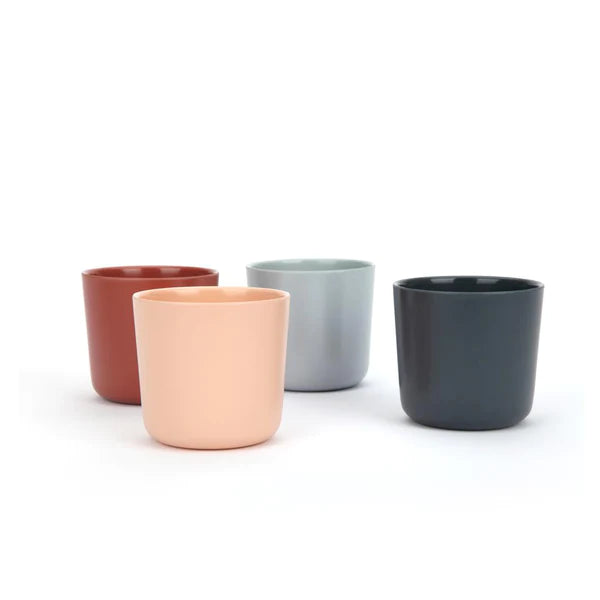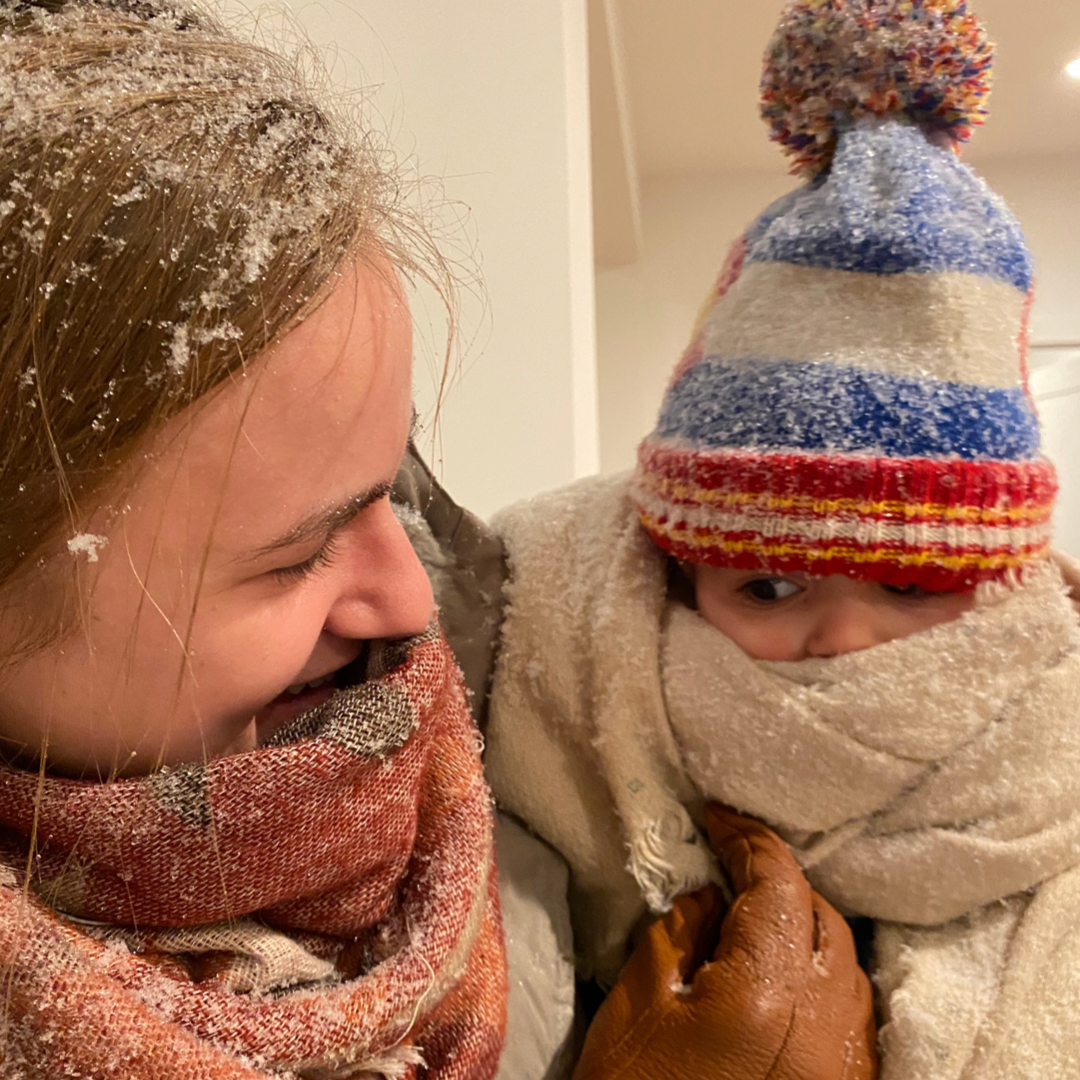As a new parent, when it came to starting solid food with my son, I of course jumped on the train of ordering him an entire set of his own special tableware. We got the silicone plates that suction to the table, the itty bitty spoon and fork, as well as numerous water bottles (more to come on water bottles later). As I began reading more and more on the topic of mealtime and encouraging independence with feeding, I realized that you can still actually get away with barely buying anything at all. Yep, that's right, you'll hear me saying that a lot here, because I am determined to educate this community and not encourage you to buy anything you don't truly need. So here's the scoop:
Suction plates: They're a help and a hindrance.
Pros: You can use suction plates for your early eaters that are working on mastering self-feeding. It eliminates the struggle of having to learn to hold the plate or bowl down themselves.
Cons: Just like with any assistive device (unless it is needed for a child with a disability or delay), the longer they rely on it the more difficult it will be to adjust to life without it. The earlier the child has to adjust to tableware that doesn’t stick in place for them, the better.
Divided plates: Hurts more than they help.
Pros: Some view divided plates as a way to help with portion sizes or ensuring spots for different food groups.
Cons: Serving food to your child in a divided plate from the beginning can cause issues with picky-eating down the road. Your child learns that foods cannot touch and can develop avoidance to eating food when served on an open plate, or can have major struggles/meltdowns if their food touches for any reason. We believe in avoiding the potential struggles associated with using divided plates altogether, so you won’t see them for sale on Little Wares.
Plastic tableware & glassware: Bad for the environment and for your child but a lightweight convenience.
Pros: It’s cheaper, comes in kid-sizes & fun colors, and it’s lightweight and nearly indestructible.
Cons: We all know that more plastic in the world is harmful to the environment, but it’s actually harmful to you, too. Recently, researchers have suggested that children consume 10x the amount of micro and non-plastics than adults. That doesn’t even include the toxic chemicals added to plastic that also leach into your system. This is dangerous to your health, and should be avoided at all costs. Here's the thing. Like we mentioned above, learning to feed yourself appropriately is a skill we learn. That includes scooping the food without pushing the plate too far over the edge of the table, or throwing your plate, etc. In our household, we transitioned to regular tableware with our son and expected to suffer broken plates and glasses, but to our surprise, he adjusted quite quickly (see my post on setting the tone at meal times).
In our household, we use a mix of our regular tableware as well as our child-sized, eco-friendly Ekobo tableware. We love the utensils (they’re regular sized) because they’re lightweight and he can easily manipulate them himself. We love the open kid’s cups because they’re the perfect size for his hands to grasp, especially when he was an infant learning to sip from an open cup. Little Wares offers various plates, bowls, utensils and cups by Ekobo as an eco-friendly, health-conscious alternative to plastic tableware. We do, however, encourage you to start your journey of using your already existing tableware & glassware with your child.




